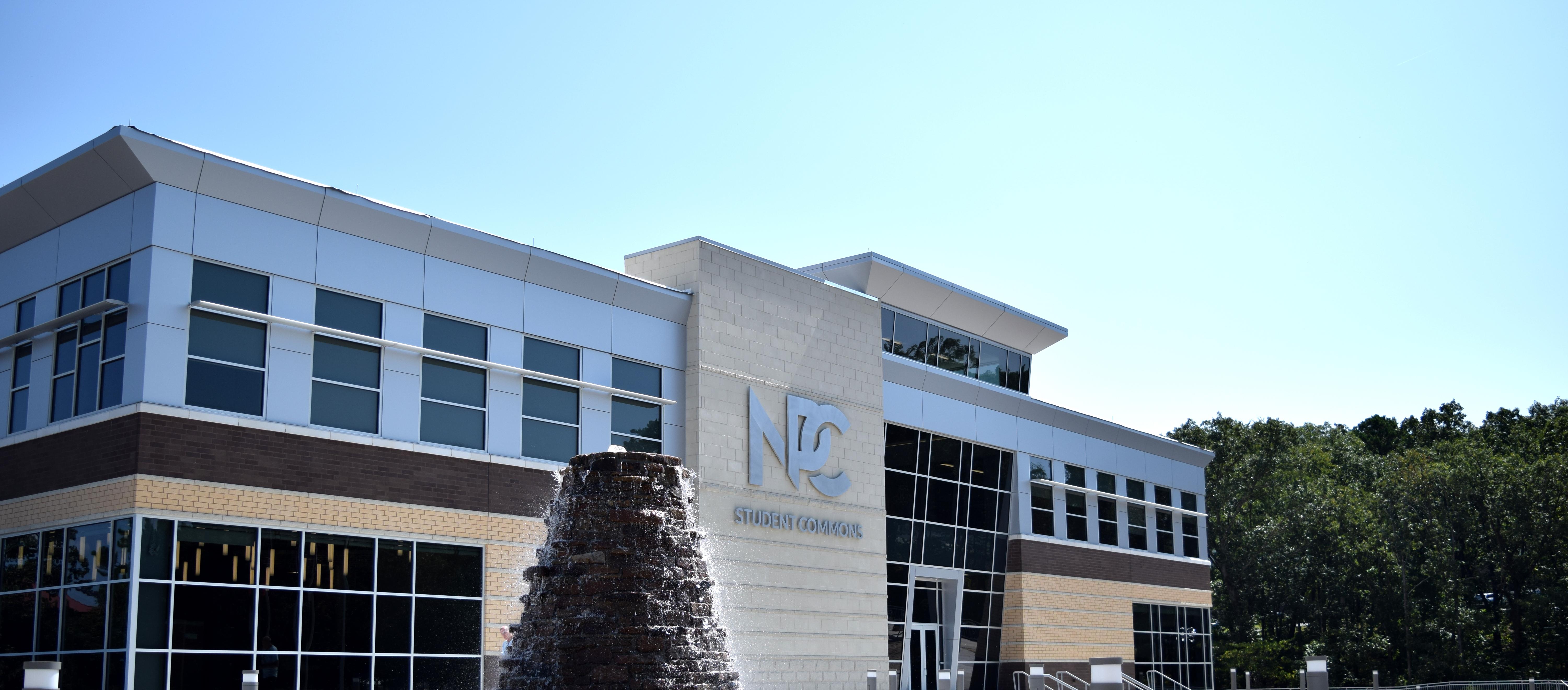| |
Nov 25, 2025
|
|
|
|
|
CRJ 2112 - Crime Scene Documentation 2 Credits
Provides students with a thorough understanding of the written reports and other media required to document crime scenes, maintain a chain of custody for the evidence, and satisfy judicial admissibility requirements. This course presents the use of still photography, videography, emerging technologies and written reports used to document crime scenes.
Lab fee
Prerequisite: CRJ 2114 Criminalistics
Course Level Objectives
Upon successful completion of this course, the student will be able to:
Utilize correct English spelling and grammar conventions as applicable in discussion posts, essays, reports, academic papers, oral presentations, and other submissions for grade in this course. (PLO 1, 2)
Create and execute plans for processing mock crime scenes, by locating, processing, collecting, and packaging for submission items of evidence, documenting the scene, items, and activities with digital photography, logs, and diagrams, using the skills and concepts developed in CRJ 2114- Criminalistics. (PLO 1, 6, 7)
Identify, collect, preserve, package, annotate and submit serological evidence from mock crime scenes. (PLO 1, 6, 7)
Create note sheets while processing mock crime scenes that support subsequent logs, diagrams, and reports submitted for the scene. (PLO 1, 6, 7)
Create investigative supplemental narrative reports documenting the processing of mock crime scenes, including a photographer’s supplement, a documentation specialist’s supplement, and a collector’s supplement, using first person, active voice, chronological narratives. (PLO 1, 6)
Create and execute plans for locating, identifying, processing, collecting, packaging, annotating, and submitting drug evidence from mock crime scenes. (PLO 1, 4, 6, 7)
Evaluate global differences in the way crime scenes are processed, to determine areas where local forensic technicians should change techniques to achieve better results. (PLO 1, 7)
Add to Portfolio (opens a new window)
|
|

